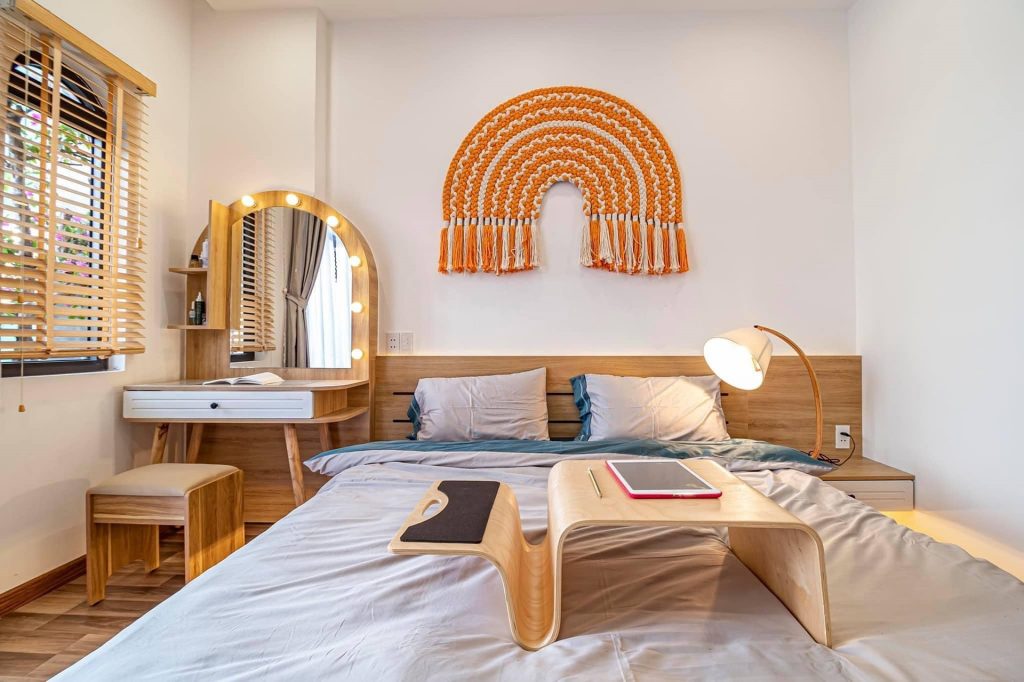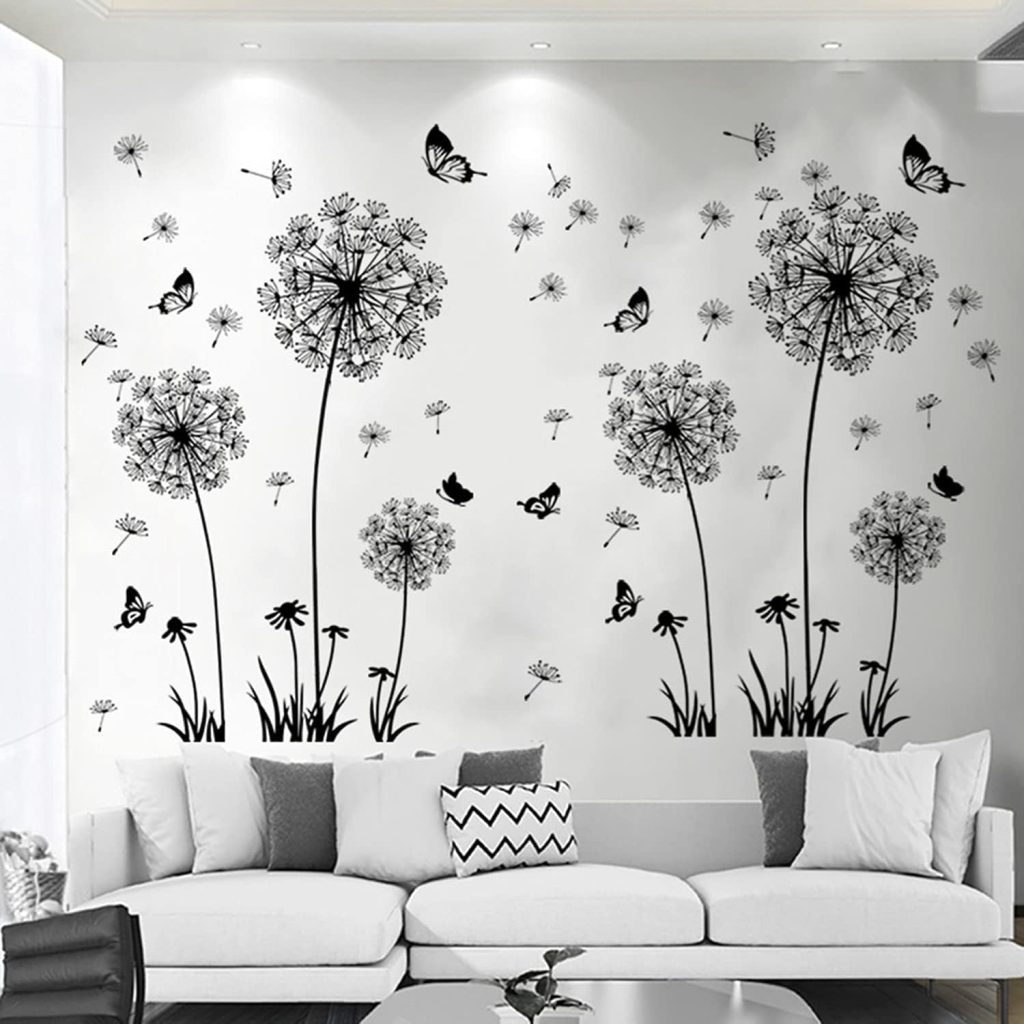Minimalism is more than an aesthetic—it’s a conscious decision to create space for what truly matters. As life becomes increasingly busy and cluttered, many are turning to minimalist interior design as a way to restore peace and clarity in their homes. Modern minimalist living focuses on intentional design choices, where every element serves a purpose and contributes to the atmosphere of simplicity. This guide explores ten foundational decor elements that define minimalist interiors and help transform your home into a sanctuary of calm, clean lines, and purposeful beauty.

1. Minimalist Furniture
The journey to minimalist living begins with furniture that’s both stylish and streamlined. In a minimalist space, furniture isn’t just functional—it becomes a visual anchor that defines the room’s mood. Low-profile sofas with clean lines, modular sectionals with hidden compartments, or platform beds that feature built-in drawers are ideal for maintaining an uncluttered look. Instead of bulky or ornate pieces, opt for those that combine form and function—think of a Scandinavian-inspired sideboard that quietly stores dinnerware while adding a sleek silhouette to your dining area. Choosing versatile furniture not only saves space but also contributes to a harmonious flow, allowing your room to feel open and thoughtfully arranged.
2. Neutral Color Palette
The colors you choose set the emotional tone of your home. A neutral palette—composed of whites, soft grays, beiges, and warm earth tones—encourages mental clarity and offers a calming backdrop for daily life. Unlike bolder palettes, neutrals never overwhelm; they create a seamless transition between rooms and make even small spaces appear more expansive. A light taupe area rug underfoot or linen-textured curtains in soft ivory can soften harsh lines and tie a room together effortlessly. Even your choice of wall paint or throw blankets can impact the mood—look for organic tones that echo nature, like clay, stone, or sand. These subtle shifts in color provide warmth without disrupting the minimalist visual balance.
3. Functional Storage Solutions
A minimalist home thrives on order, and that starts with storage. But storage doesn’t have to look utilitarian—it can be an intentional design element. Consider wall-mounted floating shelves that display only your favorite books or curated decor, adding personality without clutter. Multi-use pieces like an ottoman that doubles as a storage chest or a sleek entryway bench with pull-out drawers help keep items out of sight but within reach. These discreet solutions not only keep your space clean but also enhance its efficiency. Investing in beautifully crafted, minimalist organizers—especially those made of clear acrylic, bamboo, or metal—can blend seamlessly with your decor while quietly maintaining the structure of your lifestyle.
4. Statement Lighting
In minimalist interiors, lighting is more than a necessity—it’s a defining feature. A bold pendant lamp with a simple matte black finish, or a sculptural floor lamp with clean lines, can serve as both a light source and a centerpiece. These pieces do more than illuminate; they create atmosphere and emphasize space. Choose fixtures with modern materials like brushed metal, smoked glass, or wood accents to introduce contrast without visual noise. Whether it’s a geometric chandelier hanging above your dining table or a barely-there sconce by your bed, lighting can elevate the room’s style without demanding attention. These modern lighting options not only fit the minimalist mold—they define it.
5. Natural Elements
While minimalism often leans toward modern, it doesn’t have to feel cold or impersonal. Introducing natural elements like wood, stone, and greenery adds life and character to a space. A live-edge wooden coffee table or a handwoven jute rug offers tactile richness that grounds the room. Even small additions—like a stone planter with a hardy snake plant or a bamboo bath caddy—can soften sharp lines and bring in a natural rhythm. These elements don’t just decorate; they reconnect your interior with the outside world, fostering a sense of peace and well-being. Minimalism shines brightest when it’s rooted in nature’s honest textures and tones.
6. Textural Layers
A minimalist room should never feel flat. Incorporating different textures creates depth and interest, making a space feel warm and inviting. This can be as simple as layering a chunky knit throw over a smooth leather armchair or pairing a cotton duvet with velvet cushions. Texture allows the eye to move through a room more thoughtfully and adds tactile appeal without relying on excessive decoration. Look for handcrafted ceramics, woven wall hangings, or raw-edged wooden decor to introduce texture subtly. These elements work quietly in the background, proving that minimalism is not about starkness—it’s about balance.

7. Simple Wall Art
The walls of a minimalist home aren’t necessarily bare—they’re curated. A single oversized abstract painting, a monochromatic photo series, or even a grid of small prints in uniform frames can speak volumes. The key is restraint. Instead of filling every inch of wall space, choose artwork that aligns with your color palette and architectural lines. Black-and-white photography, minimal graphic prints, or even a subtle canvas print with calming hues can enhance the environment without overwhelming it. Wall decor in a minimalist home serves to enhance serenity and personal meaning, rather than to impress with quantity.
8. Streamlined Kitchenware
Minimalist design extends into the kitchen, where practical tools can double as decor. Instead of cluttered countertops, display a small collection of matte black utensils, wooden cutting boards, or neatly stacked ceramic dishware. Choose items that serve a purpose but also contribute to the visual language of the room. For example, an elegant electric kettle with a stainless steel finish or a sleek set of nesting bowls can offer utility and beauty in one package. When every item is chosen with intention, your kitchen becomes more than a place to cook—it becomes a space to enjoy and admire.
9. Geometric Patterns
Patterns aren’t off-limits in minimalism—they just need to be deliberate. Geometric designs provide structure and subtle movement to a room. Think of a herringbone rug in neutral tones, a honeycomb-patterned tile backsplash, or a diamond-stitch quilt on a bed. These shapes break up monotony without creating chaos, introducing modern flair in an organized, restrained way. Geometric decor elements—when used sparingly—can be the secret ingredient that transforms a quiet room into a sophisticated statement of design.
10. Decluttering Tools
A minimalist space requires ongoing effort, and having the right tools makes it easier to maintain. Whether it’s a stylish lidded basket in the living room, a fabric drawer organizer in your closet, or a rolling cart tucked into your kitchen, these items help support your lifestyle while remaining visually discreet. Even something as simple as a monthly decluttering checklist or a label maker can encourage tidiness in a way that feels natural. Minimalism isn’t static—it’s a habit. And having beautiful, functional tools on hand makes it easier to live with intention every day.
Crafting a modern minimalist home is about embracing purpose in every decision. By integrating these ten core decor elements, you can create a living space that’s calm, efficient, and visually harmonious. Minimalism doesn’t mean living with less—it means living with what truly matters. Let your home become a reflection of that mindset: uncluttered, elegant, and full of quiet beauty.
